Barbados, a small island in the Caribbean, is known for its diverse and rich cultural heritage, with the Spanish and English both laying claim at various points, as well as a vibrant African and Indigenous history.
Currently, Barbados is an independent state within the British Commonwealth. This diverse history brings with it a number of cultural landmarks that speak to various cultures in Barbados’ history.
These are 8 historic and cultural landmarks in Barbados that are definitely worth visiting and learning more about during your stay at an all-inclusive resort.
Nidhe Israel Synagogue Museum is located next to the Bridgetown Jewish Synagogue in the capital of Barbados, Bridgetown. According to Judaic Tourism, this synagogue was founded in 1654 and is possibly the oldest synagogue in the Americas. To escape persecutions in Brazil, many Jews settled in Barbados, and had a thriving community, with 800 Jews in 1750.
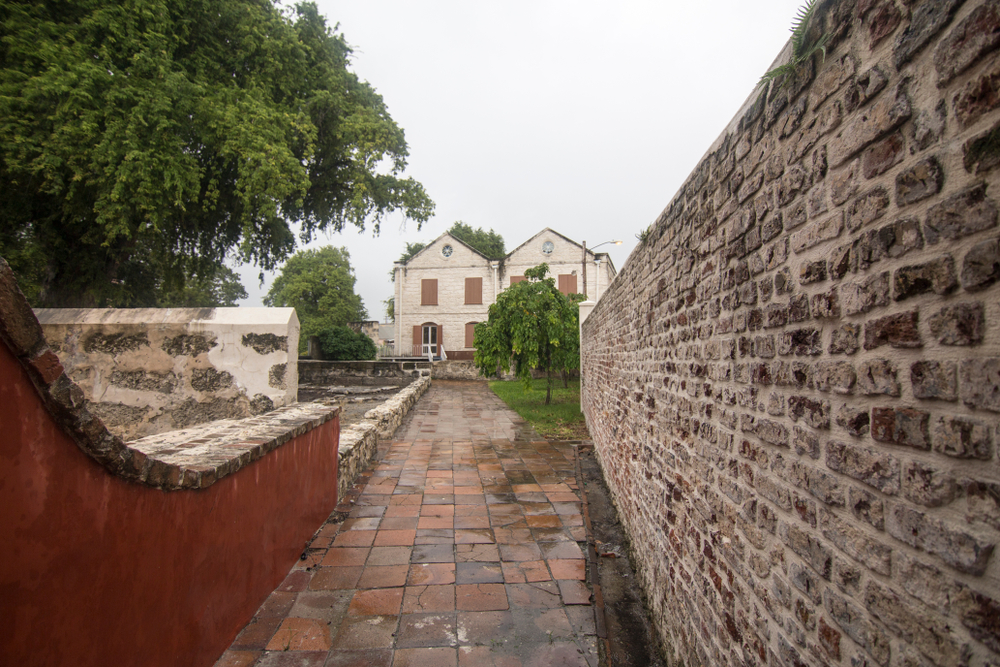
The museum focuses on Judaic diaspora history, including the exile from Spain and Portugal, and, while the Jewish population of Bridgetown is only about 90 currently, the museum and synagogue are well maintained and beautifully restored. This makes them great places to learn about this little-known piece of Jewish history.
The Arlington House Museum, located in Speightstown, is in a fully restored 18th Century house. Its exhibits and tours include education on Barbados’ first settlers, the influence of colonisation and sugar cane plantations, as well as piracy, trade and commerce.
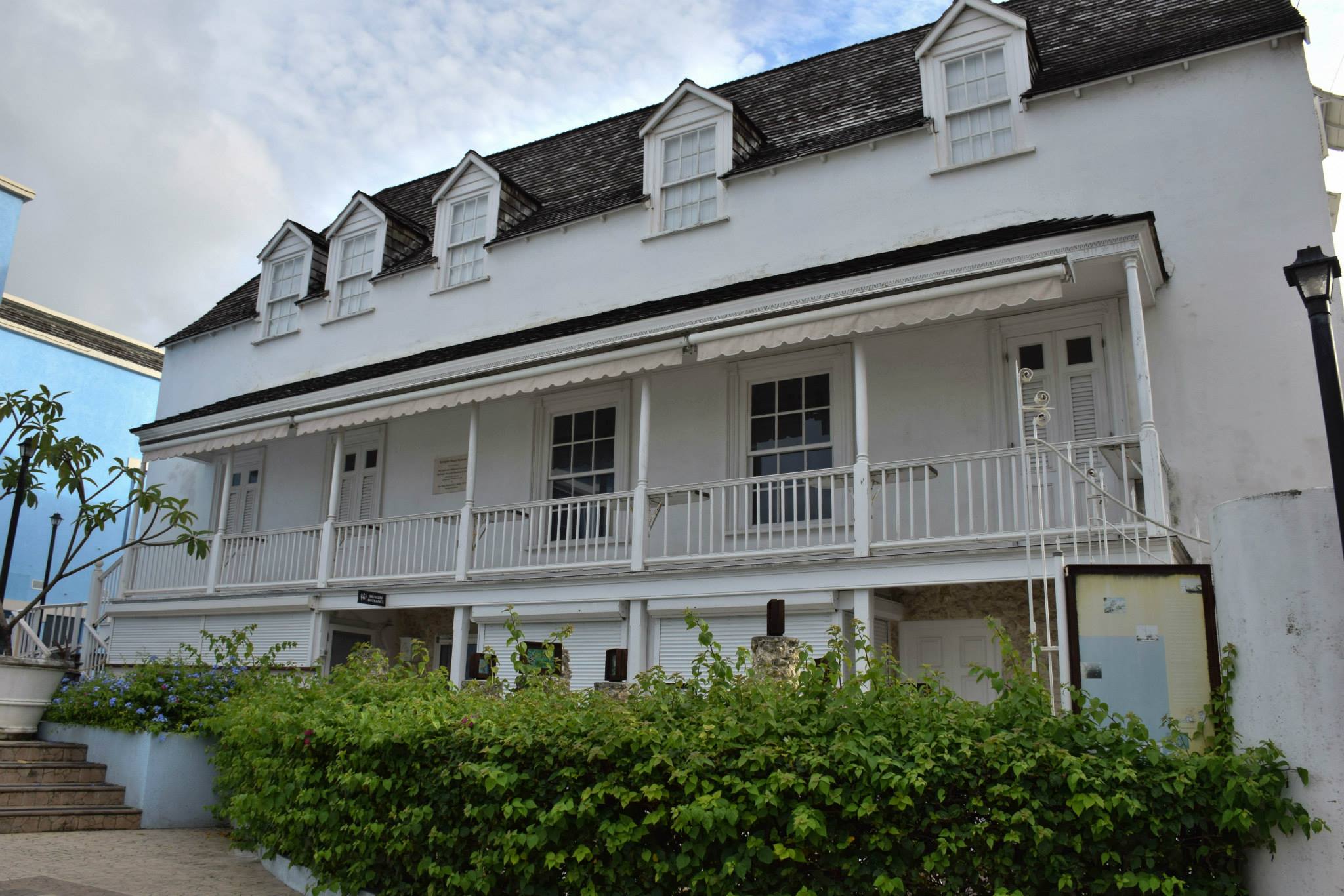
The Arlington House Museum also offers the opportunity to see what life in the past of Barbados was like for many, and to see the architectural designs prevalent on the island.
St. Nicholas Abbey is one of only three remaining Jacobean mansions in the Western hemisphere, at over 350 years old. This house is not an abbey, or religious house, but is instead a large house with multiple other buildings, which are all part of a large and luxurious estate.
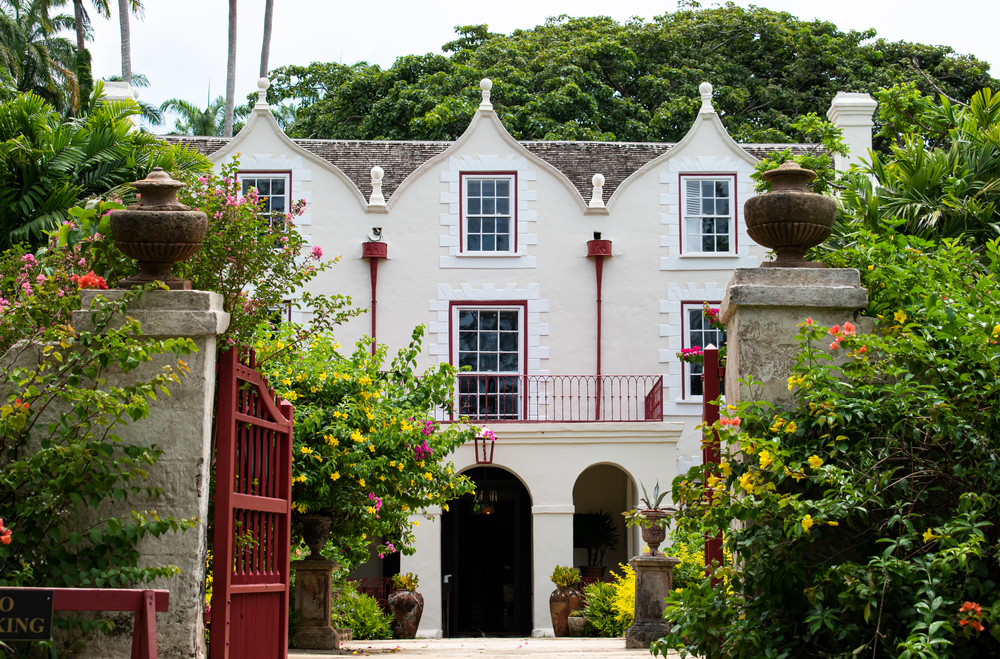
With several different owners, uses and over 400 acres of ocean views, woods and gardens, St. Nicholas Abbey offers the opportunity for hours of exploration and learning. In addition to this, there is also an art gallery and a rum distillery.
Sam Lord’s Castle was almost completely destroyed by fire in 2010, but efforts are underway to restore the estate to its former glory. Sam Lord, who built the house in 1820, was an interesting character - a buccaneer who earned the money for his estate in, allegedly, some very nefarious ways.

While the castle is not expected to open to the public until 2019, the beaches surrounding the area and the grounds are interesting as well, and, when reopened, the house will be part of a larger resort available for visits, events, and tours.
The Parliament Buildings are the seat of the Parliament of Barbados.
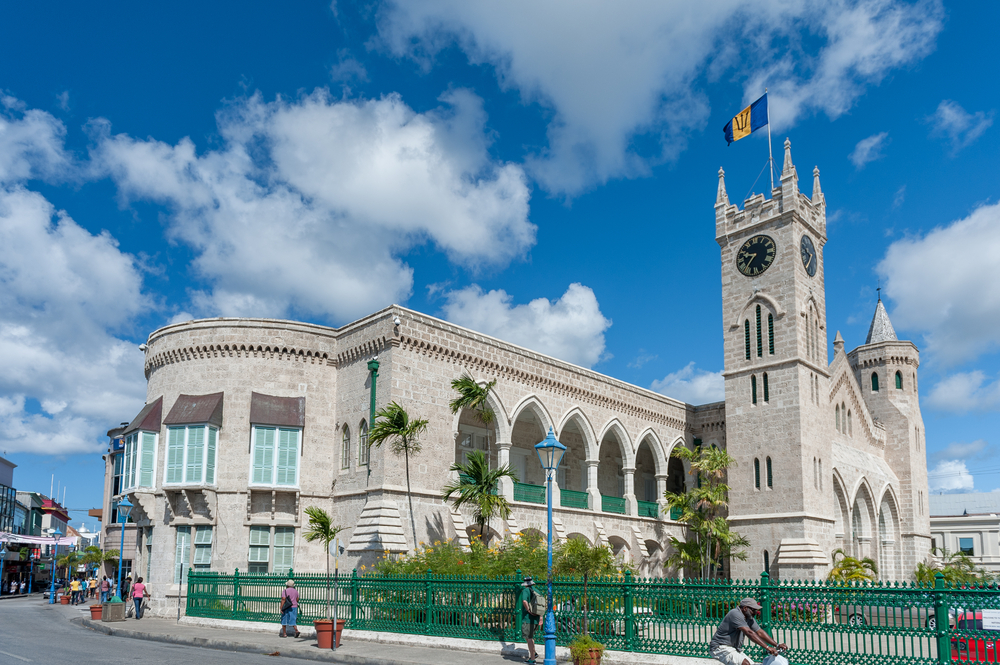
They were built in the 1870s, and are architecturally, as well as politically, intriguing. The complex of buildings holds the houses of Parliament, a museum, and a large historic clock.
Codrington College was founded in 1745, and was originally a grammar school, but by 1829 became a college for young men.
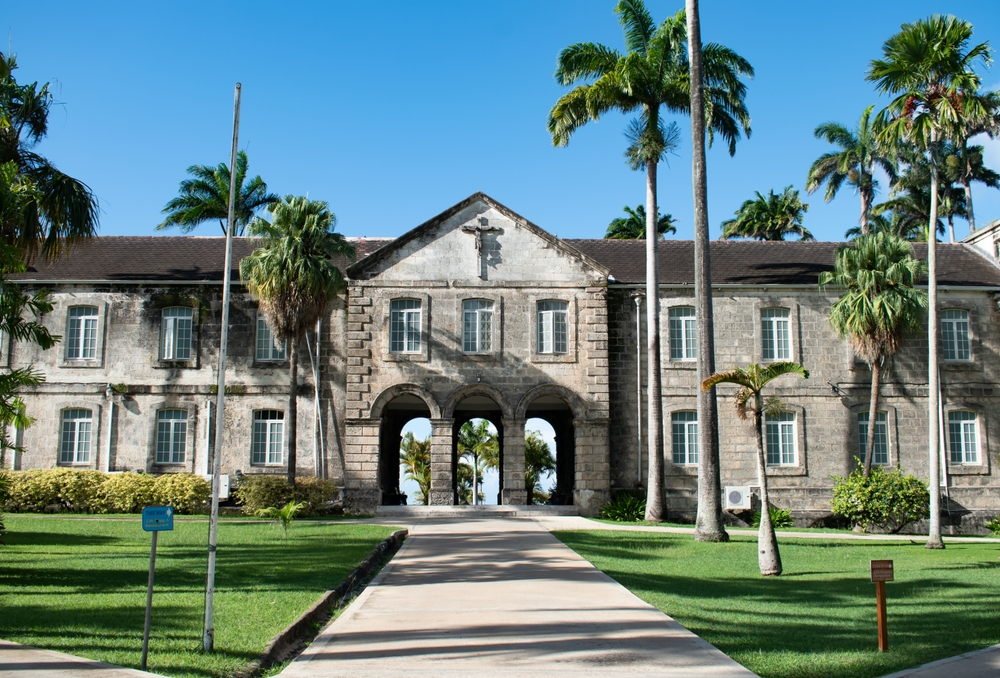
Codrington College is an architectural landmark, but it also shows the diversity of cultures present in historical Barbados - colonial, English, and native cultures all impacted the college’s development. Now a seminary and theological school, Codrington College is beautiful and has many educational events worth checking out.
Also read: 15 Incredible Things Barbados Is Known For
Harrison’s Cave is a natural wonder in Barbados. Taking its name from Thomas Harrison, a prominent landowner in Barbados in the early 18th Century, Harrison’s Cave was only fully explored in the 1970s. With difficult-to-access natural openings, the government of Barbados, in 1974, began developing the cave as an attraction by building shafts and tracks for trams to access it.

Harrison’s Cave is still not fully explored. It is a massive 1.4 miles long, at least. It's also an active cave, with running water, and shows the continued commitment Barbados has to preserving natural wonders.
Another cultural site that shows the diverse cultures in Barbados’ history is the Baobab Tree. This tree is, according to Visit Barbados, the oldest living tree on the island. The Baobab Tree is actually native to Africa, and was most likely brought over to Barbados during the slave trade - possibly from Guinea in 1738, according to at least one source.

It is one of only two baobab trees in Barbados, and serves as a reminder of the longevity of Barbados’ culture and history.
These 8 cultural destinations are must-visits in Barbados. From natural wonders to architectural feats and historical landmarks, Barbados is a tourist’s dream and a beautiful place to visit. Although Barbados is small, it is full of unique cultural destinations and rich history.